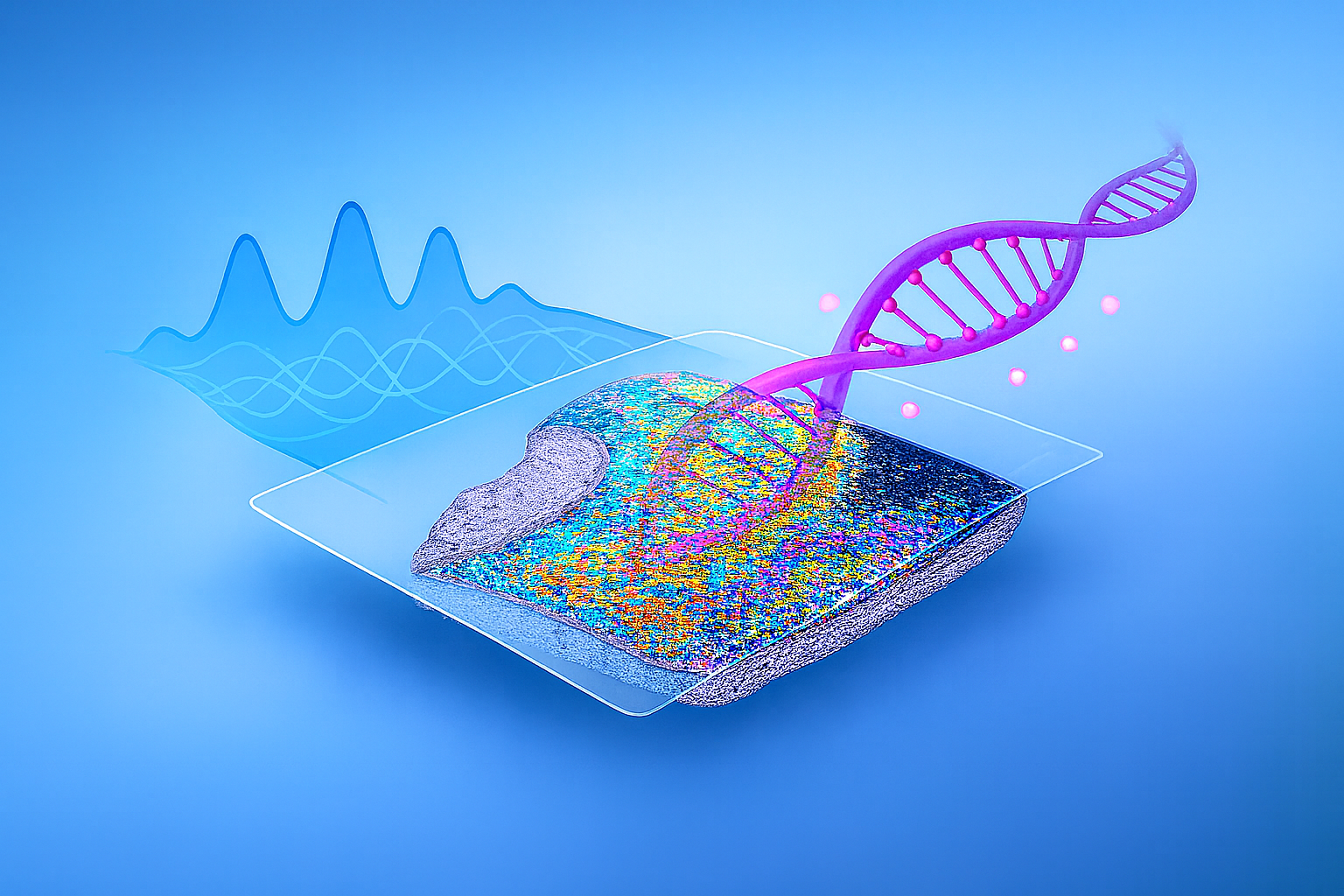
Bridging Epigenomics and Pathology to Transform Discovery
We enable DNA methylation, histone modifications, chromatin accessibility, and the transcriptome into one spatial multiomics platform—unlocking a new dimension of discovery in disease and development
Our Breakthrough
DBiT-seq Platform
AtlasXomics offers the first and only platform for high-resolution spatial epigenome mapping
High Resolution
Achieve cellular and subcellular resolution with our advanced spatial barcoding system.
Multi-Modal Compatibility
Seamlessly integrate ATAC-seq, CUT&Tag, DNA methylation, and transcriptomics.
Scalable Workflow
From single sections to large cohorts, the platform scales with your study design.
Spatial ATAC-Seq
Spatial chromatin accessibility mapping.
Spatial CUT&Tag
Spatial histone modification mapping.
Spatial DNA Methylation
Spatial DNA-methylome profiling.
Spatial Transcriptome
Spatial gene expression profiling.
No Bioinformatician? No problem.
Explore your data effortlessly with our code-free bioinformatics pipeline
Publications & Validation
Empowering scientists to drive innovation and advance their research with AtlasXomics
Spatial profiling of chromatin accessibility in formalin-fixed paraffin-embedded tissues
Deng lab demonstrates spatial FFPE-ATAC with DBiT-seq, mapping chromatin accessibility in archived brain, thymus, and melanoma blocks at 10 µm resolution.
ASHG 2025 Poster — Unlocking the Spatial Epigenome: Multiomics Platform for Spatial Single-Cell Analysis
Our poster from the American Society of Human Genetics Annual Meeting 2025.
We’ve partnered with 130+ labs worldwide
Explore real datasets, sample outputs, and visualizations from our spatial epigenomics workflows.
Spatial profiling of chromatin accessibility reveals alteration of glial cells in Alzheimer’s disease mouse brain
AtlasXomics spatial ATAC-seq charts chromatin landscapes in AD-model mouse brains, uncovering microglia- and astrocyte-specific accessibility shifts tied to neuro-inflammation and synaptic dysfunction.
View Paper ↗Spatial epigenomic niches underlie glioblastoma cell state plasticity
Spatial ATAC at 25 µm, combined with multi-omics and snATAC across 28 GBM resections, reveals a consistent layout with SOX10-high OPC-like “islands” nested within the tumor microenvironment.
View Paper ↗Epigenomic landscape of the human dorsal root ganglion: sex differences and transcriptional regulation of nociceptive genes
Spatial ATAC-seq of human DRG uncovers X-linked EGR-motif enhancers enriched in female neurons and AP-1-driven Ca²⁺ pathways in males, outlining sex-specific pain signaling programs.
View Paper ↗Basic-Leucine-Zipper Transcription Factors Regulate Selective Molecular Phenotypes in Regulatory T Cells During IL-2-Induced Activation
Spatial ATAC-seq at 20 µm pinpoints activated Treg niches in spleen and lung, with BATF/BACH1 motifs opening at sites matching Th-like phenotypes observed in bulk and single-cell data.
View Paper ↗Start Your Spatial Journey
Ready to unlock spatial insights in your research? Contact our experts to discuss pilot projects, collaborations, or technical questions.
Get in touch
Email Us:
Info@atlasxomics.com
Vist Us:
C/O John B. Pierce Laboratory
290 Congress Ave.
New Haven, CT 06519-1403
Follow our research








